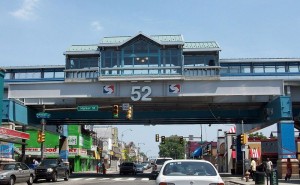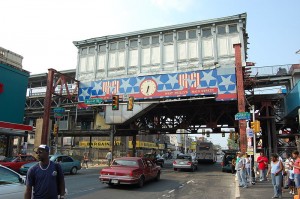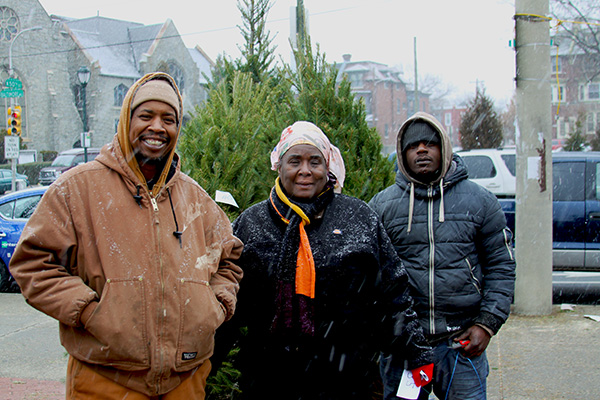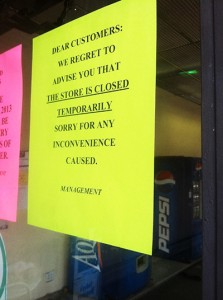True to the holiday spirit of helping and giving, some local businesses and politicians are leading efforts to support various charitable causes this month. Here are more details on who’s doing what and how you can help.
Holiday Food Drive at Mariposa Food Co-op (49th & Baltimore)
Mariposa Food Co-op is accepting donations of canned and packaged non-perishable food items through Dec. 31. You can drop your donation into the donations box at the store. All donations will be taken to Pathways PA, an organization providing services for women, children and families in the Greater Philadelphia region, or to State Representative James Roebuck’s office for redistribution to neighbors in need. For more information please email outreach@mariposa.coop or stop by at the store.
 “ACCT Out For The Holidays!” Holiday Supplies Drive at Baltimore Pet Shoppe (4532 Baltimore Ave)
“ACCT Out For The Holidays!” Holiday Supplies Drive at Baltimore Pet Shoppe (4532 Baltimore Ave)
The Chester Avenue Dog Association and Baltimore Pet Shoppe are organizing the “ACCT out for the holidays!” holiday supplies drive in the neighborhood. Baltimore Pet Shoppe will be accepting donations until Dec. 20 for the Animal Care and Control Team of Philadelphia (ACCT) to help the homeless cats and dogs that will be staying in the shelter over the holidays. ACCT is in need of many items on their wish list. Baltimore Pet Shoppe is offering a 10 percent discount on all mylar balls, canned pate cat food, stainless steel bowls, and Kong L & XL dog toys that are getting donated to the shelter. The shop has a donation bin where you can drop off any items from ACCT’s wish list. You can also purchase these items online. For more information, visit Baltimore Pet Shoppe’s Facebook page.
Cafe Renata (43rd & Locust) donating a portion of all gift card sales to local charities
Katie Steenstra, the co-owner of Cafe Renata, which opened at the beginning of the year at 43rd and Locust Streets, has let us know of her business’s effort this month to give back and “help keep West Philadelphia as vibrant as ever.” Through Christmas, 15 percent of all Cafe Renata gift card sales will be donated to local West Philadelphia charities. The cafe owners also want to hear from you and let them know, on Facebook, Twitter, or right in the shop, where you think the donated funds would be most needed. On Christmas, they will announce where the raised funds will be donated.
December 13 – Support Kingsessing Library with The Gold Standard Cafe (48th & Baltimore)
Friday the 13th has a bad reputation, but Roger, Vince and Joey of The Gold Standard Cafe decided to “buck tradition by putting our bucks where our words are,” and make it a lucky day by donating a full 1/3 of their total proceeds on December 13 to their neighborhood (Kingsessing) library. Your donation will go to serve the reading and educational needs of the library.
Roebuck’s office a ‘Socks for Seniors’ drop-off point
The office of state Rep. James Roebuck, who currently serves as Democratic chairman of the House Education Committee and represents the 188th Legislative District in West and Southwest Philadelphia, is serving as a drop-off point for the “Socks for Seniors” drive. Residents are invited to bring pairs of new adult socks for nursing home residents by Friday, Dec. 13 to Roebuck’s office located at 4712 Baltimore Ave.












Recent Comments